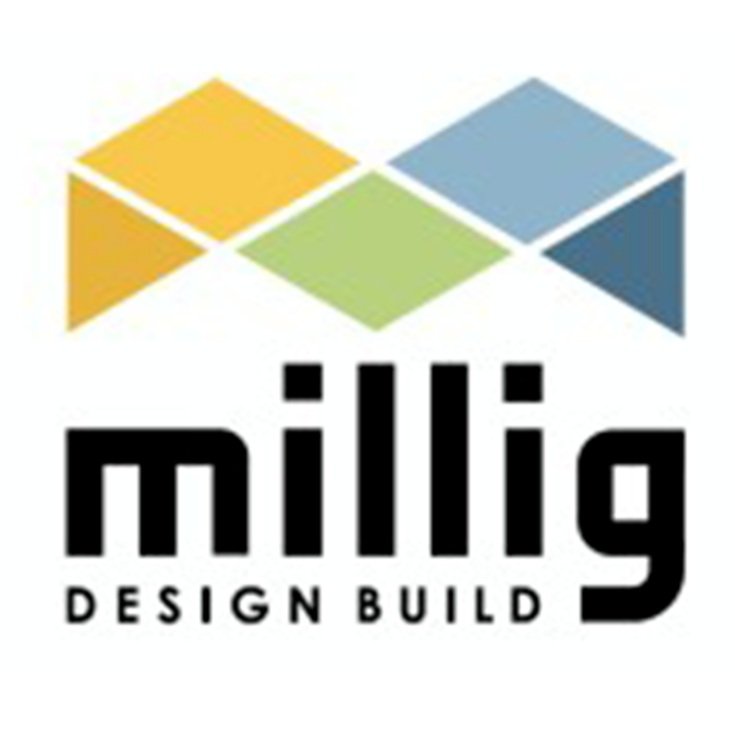
By Devin Malone
The Four Elements of Indoor Environmental Quality
Did you know that we spend 90% of our lives indoors? This fact underscores the vital importance of ensuring our indoor environments promote health and productivity. So how can building owners and managers optimize their infrastructure to meet these important objectives? While maintaining thermal comfort is often the first thing that comes to mind, Indoor Environmental Quality (IEQ) actually hinges on four primary elements: air quality, thermal comfort, lighting, and acoustics.
Air Quality
Every building owner should ask, "What's the quality of air in my building?" This question has grown more pertinent in the wake of the global pandemic. That said, boosting indoor air quality (IAQ) has consistently been a crucial strategy for reducing health risks and enhancing the productivity of building occupants.
Dilution: Ensuring optimal ventilation levels to avoid the buildup of pollutants in occupied spaces is paramount.
Exhaustion: Removing stale air is as important as introducing fresh outside air through ventilation. This is particularly crucial in areas like kitchens, restrooms, labs, chemical storage facilities, and spaces housing combustion systems.
Containment: Keeping indoor humidity levels between 40% and 60% helps prevent the spread of mold, mildew, bacteria, and viruses while also optimizing occupant comfort.
Filtration: HVAC systems can enhance IAQ by purifying indoor air through filtration, ultraviolet light, and ionization methods.
Thermal Comfort
Achieving thermal comfort is a challenge for all building operators, mainly because people can perceive the same room temperature differently. Factors influencing thermal comfort extend beyond the thermostat setting and include aspects such as a person’s age, clothing, exposure to natural light, and their location within the room.
HVAC: A well-designed, installed, and maintained HVAC system plays a significant role in ensuring energy-efficient thermal comfort.
Humidity: The perception of temperature is influenced by relative humidity. Levels should ideally be maintained between 40% and 60% to maximize comfort and protect human health.
Building Envelope: Steps like adding insulation, weatherizing the building to reduce outdoor air infiltration, and replacing old windows can lead to remarkable improvements in thermal comfort.
Lighting
Lighting can significantly impact an individual's mood, productivity, and sleep cycles. Our bodies follow a 24-hour "circadian rhythm," which regulates our alertness levels and sleep patterns. Emerging lighting technology adheres to "circadian lighting" principles that aim to minimize the impact of artificial light on our circadian rhythms.
Three major aspects of lighting are adjusted to minimize these effects: intensity, color, and stimulus tuning.
Intensity tuning varies the brightness of the lighting system to match the time of day.
Color tuning adjusts the light intensity and "correlated color temperature" (CCT) to mimic the natural day-night light cycle.
Stimulus tuning optimizes blue light to mitigate its impact on melatonin production.
Acoustics
Research shows that many students miss up to 33% of verbal communication in class due to poor acoustics. Building owners often overlook the amount of acoustic "pollution" their equipment can cause, including noise from HVAC systems, light fixtures, and outside noise entering through low-performance windows, walls, and roofs.
Effectively tackling these IEQ issues calls for an all-encompassing approach that evaluates the entire building, a strategy that is not only efficient but also cost-effective. By consulting with seasoned experts, such as those at Millig Design Build, you can gain insights into potential modifications that would serve to enhance your building's IEQ. Given the considerable portion of our lives we spend indoors, placing emphasis on the quality of our indoor environment becomes an investment in our collective health and productivity.
About Devin Malone
As a Senior Business Developer, Devin works with school districts, colleges and universities, counties, cities, and private clients to address facility challenges through cost-effective turnkey facility renovation projects. He specializes in the Washington Clean Building Performance Standards, energy efficiency, and building decarbonization and has delivered more than $4.5M in grants and incentives to the owners and communities with whom he has worked.
OUR SOLUTIONS
Heating, ventilation, and air conditioning
Smart meters and building controls
On-site solar and other renewable energy systems
LED lighting retrofits
Building envelope improvements
Water systems
CHP-Cogeneration
And more
CONTACT US


